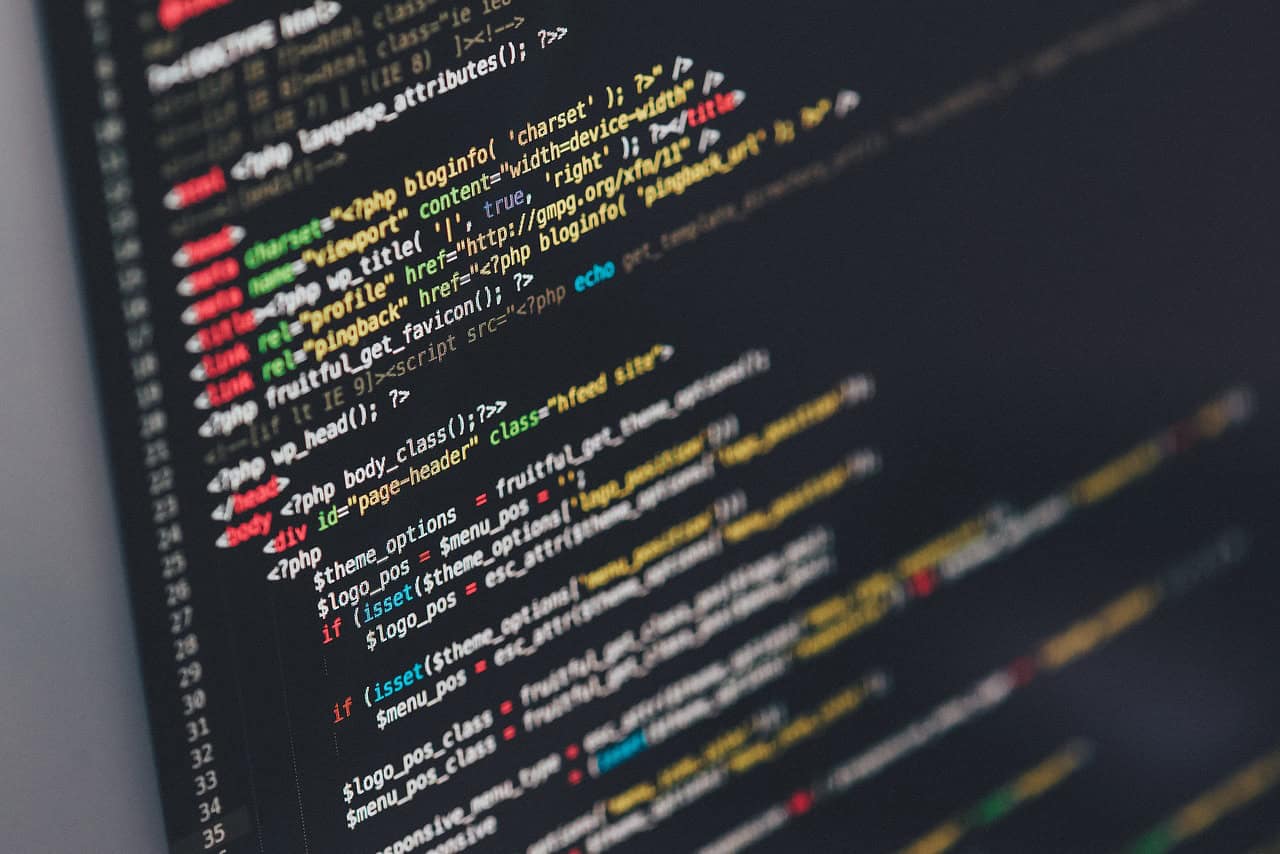Exploring MicroPython: The Gateway to Python in Embedded Systems
Estimated reading time: 7 minutes
- MicroPython is a powerful solution for embedding Python in constrained systems.
- Key features include compatibility with standard libraries and an interactive shell.
- MicroPython is utilized in prototyping, education, and IoT projects.
- The community is continuously growing and expanding support for new microcontrollers.
Table of Contents
- Understanding MicroPython
- Key Features of MicroPython
- Real-World Applications of MicroPython
- What’s New and On the Horizon?
- Conclusion
- Practical Takeaways
- Call to Action
- FAQ
Understanding MicroPython
MicroPython is a lean and efficient version of the Python 3 programming language specifically designed for microcontrollers and other constrained systems. This allows developers to write Python code that directly interacts with hardware—an increasingly essential capability in today’s tech landscape, especially with the growing popularity of the Internet of Things (IoT). As an alternative to lower-level programming languages like C or C++, MicroPython enables Python developers to enter the world of embedded systems without the steep learning curve (source: Wikipedia, Deep Sea Development, Circuit Schools).
Key Features of MicroPython
MicroPython comes loaded with features that make it enticing for both beginners and seasoned developers. Let’s explore some of its core features:
- Python Compatibility: MicroPython supports many standard libraries, maintaining compatibility with over 80% of the most commonly used features of Python. This makes transitioning from traditional Python to MicroPython smooth and intuitive (source: Wikipedia, Circuit Schools).
- Interactive Shell (REPL): One of the standout features of MicroPython is its interactive Read-Eval-Print Loop (REPL). This command-line interface allows you to execute statements directly on supported microcontrollers, ideal for rapid prototyping and testing (source: Kev’s Robots, Circuit Schools).
- Code Portability and Modules: MicroPython’s hardware abstraction layer (HAL) makes it easier to port code across different microcontrollers in the same family. Additionally, users can create frozen modules that compile directly into the firmware, improving efficiency and avoiding repetitive downloads (source: Wikipedia, MicroPython Documentation).
- Memory Efficiency: Designed with memory constraints in mind, MicroPython efficiently manages strings and bytes, optimizing Unicode strings to minimize extra space when using ASCII characters (source: MicroPython Documentation).
- Libraries and Extensibility: MicroPython comes with a subset of Python libraries and provides extensibility options to enable direct work with JSON, regular expressions, and networking functions on microcontrollers (source: Circuit Schools).
Real-World Applications of MicroPython
MicroPython paves the way for numerous applications, demonstrating its versatility and ease of use across various domains:
- Prototyping and Testing: With its REPL feature, developers can rapidly prototype and test ideas on microcontrollers, saving valuable time and resources.
- Education Sector: MicroPython is increasingly adopted in educational institutions for teaching embedded systems and Python programming. Its high-level abstraction allows students to focus on programming concepts without getting bogged down by the complexities of lower-level languages.
- IoT Projects: The language is ideal for IoT applications, as it allows seamless integration of Python-based logic with hardware, enabling real-time data processing and decision-making.
What’s New and On the Horizon?
While specific groundbreaking advancements in MicroPython might not have made headlines recently, the community is growing, and support for new microcontrollers continues to expand. Developers are refining existing libraries, enhancing tools, and ensuring that MicroPython remains relevant in the evolving embedded systems ecosystem. Moving forward, we can expect improvements that will further simplify the development process and enhance interoperability in IoT projects.
Conclusion
MicroPython serves as an exceptional bridge between the expressiveness of Python and the stringent demands of embedded systems. Its efficiency, portability, and strong support for Pythonic development make it an attractive choice for anyone working with microcontrollers. By leveraging MicroPython, developers can unlock the full potential of their Python skills to create engaging, responsive, and efficient applications for the modern age.
Practical Takeaways
As you explore MicroPython, consider the following actionable tips:
- Start Small: Get familiar with basic hardware and embedded systems concepts. Use small microcontroller boards (like the ESP8266 or Raspberry Pi Pico) to test MicroPython’s capabilities.
- Utilize the REPL: Harness the power of REPL for rapid experimentation with code, making it easier to test and debug.
- Join the Community: Engage with forums and online communities dedicated to MicroPython—such as Reddit and Stack Overflow—to share knowledge and gain insights.
- Experiment and Build: Don’t hesitate to create small projects that excite you! Try developing weather stations, home automation systems, or simple games to test your skills.
At TomTalksPython, we are passionate about helping individuals master Python and its applications. If you want to deepen your understanding of embedded systems or need assistance with your programming journey, feel free to check out our resources and tutorials!
Call to Action
To dive deeper into the world of Python and discover more insightful resources, explore our blog regularly. Don’t miss our upcoming articles that will cover advanced topics in Python programming, IoT applications, and much more.
FAQ
1. What is MicroPython?
MicroPython is a lean and efficient version of Python designed for microcontrollers and constrained systems, allowing developers to write Python code that interacts with hardware.
2. How can I get started with MicroPython?
Begin with simple microcontroller boards, utilize the REPL for testing, and explore the MicroPython documentation for guidance.
3. What are typical applications of MicroPython?
MicroPython is used in prototyping, education, and IoT projects, benefiting from its ease of use and compatibility with Python libraries.
4. Is there community support for MicroPython?
Yes, there is a growing community and various forums like Reddit and Stack Overflow where developers can share knowledge and insights.
5. Can I build complex projects with MicroPython?
Absolutely! MicroPython is well-suited for complex projects involving real-time data processing and integration with various hardware components.
